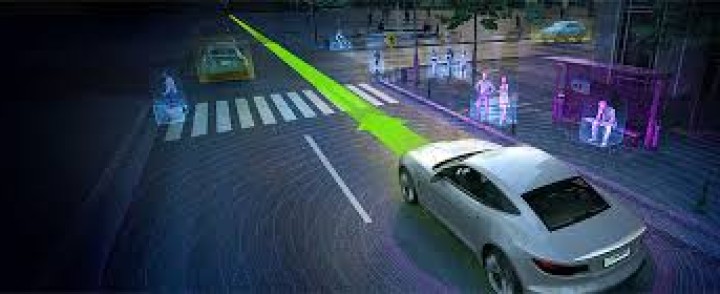We need to stop pretending that the autonomous car is imminent: Tap the brakes!
It’s time to face some challenging realities when it comes to autonomous cars. While consensus seems to imply that the future of driving is nearly upon us, even a relatively cursory check of some of the necessary enablers for truly autonomous automobiles would suggest otherwise.
From security concerns to high costs to missing infrastructure to car design complexity to uncertain legal expectations and more, there are a host of legitimate concerns that, in some cases, by themselves represent a serious challenge to the near-term release of truly independent vehicles. Taken together, however, they strongly suggest a much longer timeline for adoption than many have been led to believe.
Let’s start with some basics. The general expectation is that autonomy is intrinsically linked to vehicle electrification. The big problem here is that very few consumers are buying or planning to buy electric vehicles. Sure, we can point to the hundreds of thousands of preorders for Tesla’s Model 3, but even if they all get delivered over the next two years, they will represent a tiny single-digit percentage of total U.S. auto sales.
Throw in all the other electric vehicles from other carmakers, and the number still remains well below 5 percent. Why? In part because U.S. consumers are generally very concerned about getting stranded if the batteries run out. Rightly or wrongly, until we see nearly as many charging stations as we have gas stations, there will be reluctance on the part of car buyers to give up their gas-powered vehicles. (Of course, throw in the fact that there are multiple electric-car charging standards, and that charging “fill-ups” are measured in tens of minutes — or even hours — and you start to get a sense of the problem.) “Until we see nearly as many charging stations as we have gas stations, there will be reluctance on the part of car buyers to give up their gas-powered vehicles.”
We could start to see more interest in electric vehicles as second cars that are used primarily for short errand trips around town, but then we run into pricing concerns because few people want to spend more for a second car than their primary vehicle. Plus, the costs and potential impact on the electric grid as consumers start to install in-garage charging systems — yet another expense associated with electric cars — are potential concerns.
Even if we get past the electric car issues — or if, as I suspect, we start to see more autonomous driving features in hybrid or even gas-powered vehicles — plenty of other obstacles remain.
Foremost among these are security issues — at many levels. First, there is the physical security and safety of both autonomous vehicle occupants and the other people who interact with autonomous vehicles. While it’s clear that great advances in autonomous driving algorithms have been made, it’s also obvious that there are still concerns about how “ready” this technology currently is. The fact that several engineers from Tesla’s AutoPilot program actually went so far as to leave the company, in part because of their concerns about the potential safety concerns of current implementations, speaks volumes about the current state of affairs in autonomous driving systems.
Beyond physical safety are the cybersecurity concerns. As has been discussed by many before, enormous potential threats are opened when the connectivity necessary to build and run autonomous cars is put into place. The notion of hacking when it comes to automobiles moves from an annoyance to a life-threatening concern.
Many companies are currently doing excellent work to try to combat or prevent these kinds of issues. However, their work is made significantly more difficult by the fact that modern car designs and internal architectures are both extraordinarily complex — Rube Goldberg-like is not far from the truth — and, in some instances, based on old, limited standards that were never intended to support today’s computing and connectivity requirements.
The recent discovery that the CANbus (which is an absolutely essential part of how a car’s various systems components are linked together) is fundamentally broken when it comes to preventing some modern types of digital threats, for example, is just the latest in the long line of concerns about current car architectures. The truth is, we’re way overdue for an entirely new approach to car design — especially for autonomous cars — but the auto industry’s supply chain, infrastructure and entire way of working is stacked strongly against these kinds of necessary major changes happening anytime soon.
Continue reading:
https://www.recode.net/2017/9/5/16257314/stop-autonomous-self-driving-cars-not-coming-soon-future
- Autonomous cars – not for tomorrow, but the day-after?



